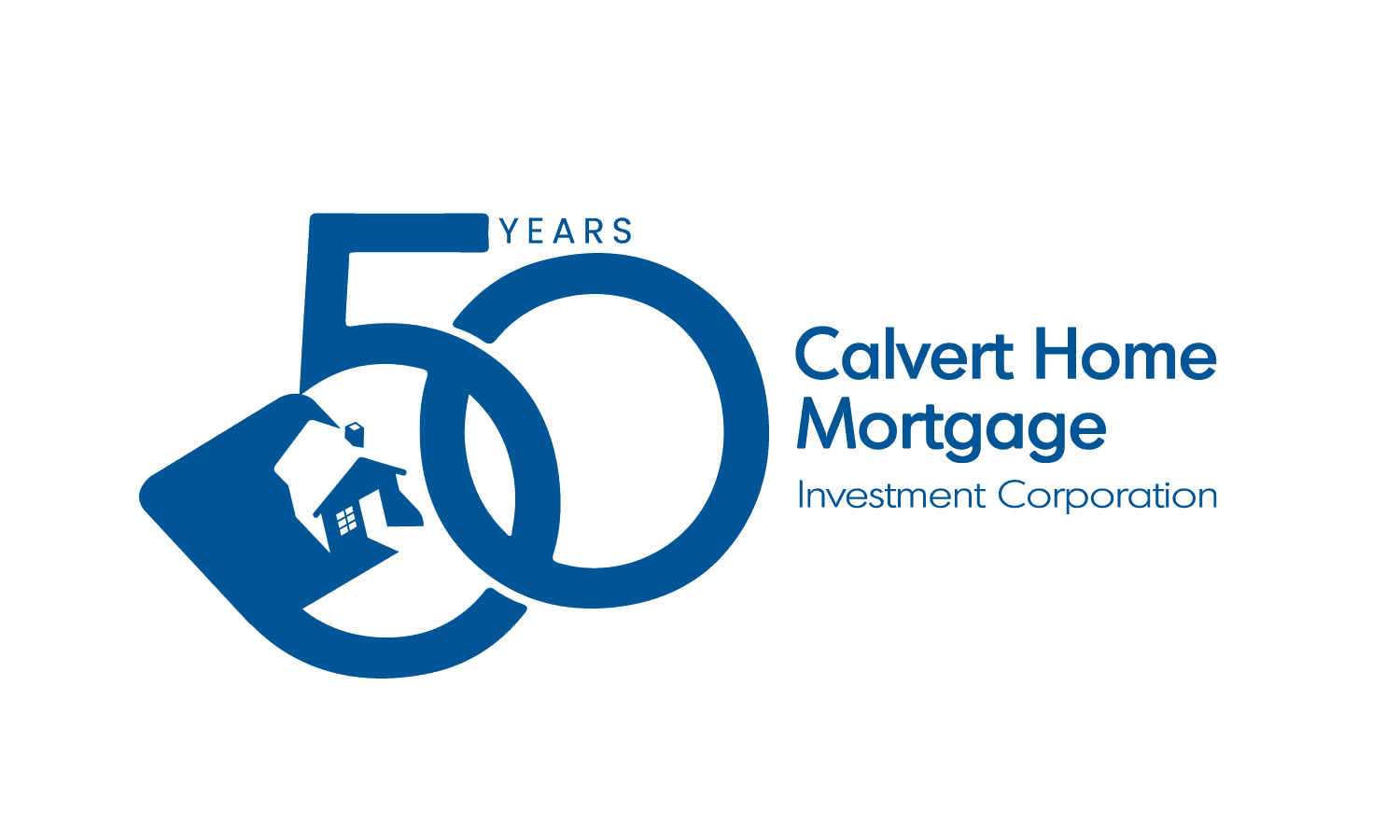One of the important yet misunderstood concepts about property value is the difference between “Appraised Value” and “Assessed Value.”
Whether you’re a real estate professional, homeowner, or home buyer, it’s important to understand the difference between the “Assessed Value,” also known as “Tax Value” or “Tax Assessed Value,” and the “Appraised Value” of a property.
The terms can be confusing, and although there are some similarities, the two values have different purposes and meanings. In certain circumstances, the Assessed Value amount may be similar to the Appraised Value number, or significantly different.
Let’s look at Assessment vs. Appraisal in Ontario.
What is Appraised Value?
Appraisals are done to determine the current market value of a specific property on a specific date.
Here are some important facts about appraised values:
- Appraisals are usually done to satisfy a lender, buyer or seller. For instance, an appraised value is done before, buying a property, taking out a mortgage on a property you intend to buy, or drawing equity out of a property you already own.
- A typical residential appraisal provides a valuation that represents the “fair” sale price of the home if it were bought or sold today.
- The definition of market value provided by an appraisal is what a reasonable buyer would pay in balance with other choices, and where the buyer and seller are equally motivated.
- Appraisals therefore assume a hypothetical and perfect market, which exists only in limited circumstances.
An appraiser must prepare two approaches to value, and in a residential appraisal, this will include a direct comparison and a cost approach.
Appraisers will typically rely on a direct comparison approach to value. This process utilizes current market data including recent (usually within 3 months or less) sales on properties that are similar in style, size, and location to the subject property. An appraiser uses these properties to compare them to the subject property. These properties are referred to as “comparables” or “comps”.
Once the most appropriate comps are identified, the appraiser will adjust for differences such as:
- square footage
- number of bedrooms
- number of baths
- updates to the property
- time of sale
- location
There are five key factors that affect your property’s value: (85% of the value of a property)
- Age of the buildings on the property.
- Total square footage of living area.
- Location of your property.
- Size of your lot.
- Quality of construction, renovations
*extras such as air conditioning, deck, patio are also adjusted for and are more minor in relative terms.
Once these adjustments are made, the appraiser will use the information to arrive at the direct comparison value which will then be reconciled with the cost approach, to arrive at the final value for the home being appraised.
If you’re buying or selling a home, the appraised value will not necessarily be the final sale price. But that home appraisal impacts certain things such as the ability to get a mortgage.
*Financial institutions can only lend up to the appraised value and no more. For example, if you wish to purchase a home for $600k and the appraised value is $500k the institution will base the loan on the appraisal of $500k, and you will have to come up with the difference.
A professional appraiser in Ontario has gone through specific training on how to do real estate appraisals and acts as an independent, impartial, third party. For instance, the Appraisal Institute of Canada – Ontario branch would identify designated appraisers for residential, commercial, industrial, and investment-type properties.
Once complete, the appraisal helps to inform a lender, whether you will be taking out a mortgage, drawing equity out of your home, or refinancing your mortgage for a loan with more favourable terms.
In most instances, when buying or selling a home, the real estate agent will
prepare a Comparative Market Analysis (CMA) to establish fair market value of a home. This analysis uses a simple comparison approach (similar to an appraisal) and would be used to help establish a price range for selling or buying a home. That’s not the same as having a professional appraiser value your home, and lending institutions would not accept a CMA as an appraisal.
What is Assessed Value?
The assessed value or tax value is the value placed on a property for municipal and provincial taxation purposes.
Here are some important facts about the property tax assessment or assessed value:
- Most municipalities will provide information online showing the assessed value of properties.
- Properties are given an assessed value to ensure property owners pay their fair share of property taxes relative to other property owners, based on relative property values.
- Many clients assume this number represents the current market value, which is not the case.
The indication of value of your property varies from province to province. In Ontario, the Assessment Act designates the Municipal Property Assessment Corporation (MPAC) as Ontario’s only “assessment authority.” MPAC conducts a province-wide assessment update every four years, providing estimated property values as of a specific date, property classifications for taxation purposes (residential, farm, commercial, etc.), and any exemptions from assessment that may apply.
Then, property taxes are calculated using the assessed value of your property and multiplying it by the combined municipal and education tax rates for your class of property. Your property tax is proportional to the value of your property, and therefore your property tax is progressive, meaning those with higher assessed properties pay higher property taxes. Municipal or local taxing authorities set municipal tax rates and collect taxes to pay for your municipal services.
Property assessors in Ontario use a process called mass appraisal to determine property values. Mass appraisals use similar criteria as residential appraisers to estimate the value for a residential property, including property sales in the area, and factors such as location, age of the building, renovations, lot dimensions and more.
What are the Key Differences between Appraisal vs. Assessment?
While some of the assessment criteria in an appraisal vs. an assessment may be similar, they are not the same. But the main difference between appraisal vs. assessment can be summed up in two ways:
- Their purpose:
- Appraisals are done for several reasons, examples of which include purchase or sale of a property, and financing linked to the property.
- Assessments are specifically done to equitably distribute the municipality’s property tax burden.
- Who conducts them:
- Appraisals are done by independent appraisers who are typically hired by the property owner or lender. AIC is one source of appraisers.
- Assessments are conducted by those authorized to do so, which in Ontario is MPAC.
Assessments are not as accurate generally as appraisals in the following situations:
- Rapidly changing market conditions
- Recent renovations
- Renovations done without a work permit
The Bottom Line
For real estate professionals and investors, market values have significant implications for us. If a house appraises for lower than the estimated value, the lender may lower the amount of the loan. For a purchase, the buyer may not be able to or willing to increase the down payment to make up the difference which may result in a renegotiation, or, worse, the deal could fall apart. For a refinance, the lender may loan less than the borrower needs or not at all.
For real estate professionals, investors, homeowners and borrowers, education is key. It’s important to understand the difference between appraisal vs. assessment, or appraised value and assessed value.




